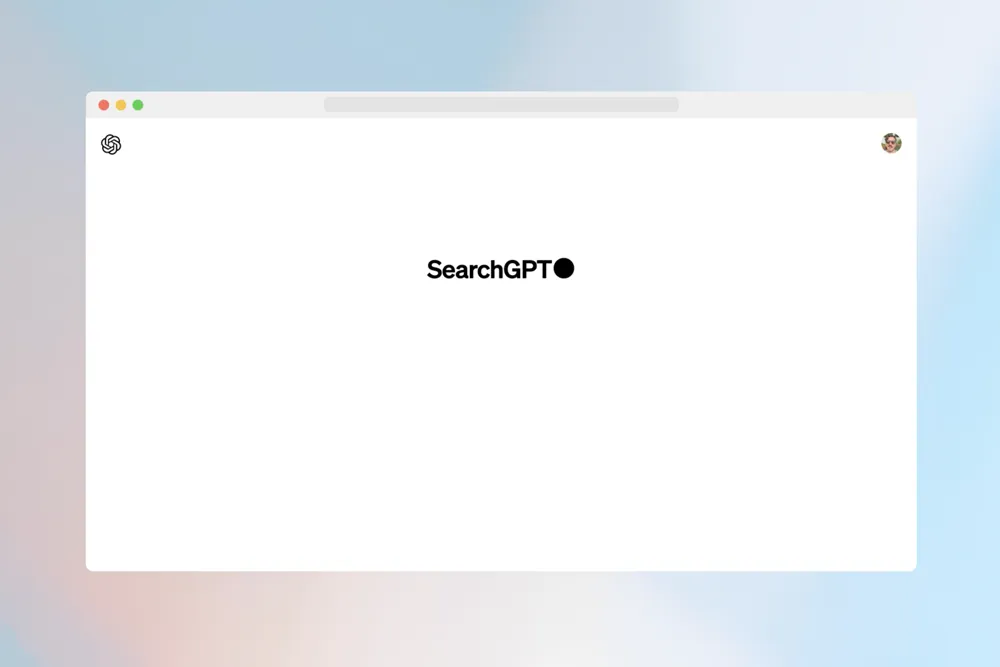Website Quotations: Understanding the pricing breakdown
Whether launching a new website or revamping an existing one, obtaining accurate and comprehensive website quotations is critical. However, navigating the world of website quotations can be daunting, with various factors to consider to ensure you’re getting the best value for your investment.
By understanding the quotation process, you can better assess proposals and ensure that your website meets your needs and budget.
Key things to consider when obtaining website quotations:
Scope of Work: Clearly define the work required for your website project. Ensure the quotation outlines all the features, functionalities, and services included, including design, development, content creation, SEO optimization, and ongoing maintenance.
Detailed Pricing Structure: Follow the pricing structure outlined in the quotation closely. Ensure that it is transparent and provides a breakdown of costs for each project component. Look out for hidden fees or additional charges that may arise later.
Timeline and Deadlines: Assess the proposed timeline for the project and determine if it aligns with your business goals and objectives. A realistic timeline should account for all stages of development, including design, development, testing, and revisions. Be wary of quotations that promise unrealistic turnaround times, as quality work takes time.
Expertise and Experience: Evaluate the knowledge and experience of the web development team or agency providing the quotation. Look for evidence of past projects, client testimonials, and industry certifications. A reputable, experienced team will be better equipped to deliver a high-quality website that meets your business needs.
Support and Maintenance: Inquire about the support and maintenance services offered post-launch. A reliable web development partner should provide ongoing support, updates, and troubleshooting to ensure your website remains secure, up-to-date, and performing optimally over time.
Scalability and Flexibility: Consider the proposed website solution’s scalability and flexibility. Your business needs may evolve, so choosing a platform and technology stack that can accommodate future growth and expansion without requiring a complete overhaul is essential.
Communication and Collaboration: Lastly, assess the communication and collaboration processes outlined by the web development team or agency. Effective communication is crucial for a successful project, so ensure clear channels for feedback, updates, and progress reports throughout the development process.
By clarifying the scope of work, understanding the pricing structure, assessing the timeline, evaluating expertise and experience, considering support and maintenance, prioritizing scalability and flexibility, and emphasizing communication and collaboration, you can make informed decisions and choose the right web development partner for your business’s needs.
It’s important to understand your position on quotations and printing. If you have any questions, we have included a link to the consumer protection guide to pricing.
If you would like any assistance in preparing information for quotations or would like us to quote, please get in touch with us.
What is the proposal made up of?
Understanding the breakdown can help you analyse proposals and ensure you’re getting good value. Here’s a general guide to how website development pricing may be divided:
Planning (20%): This initial phase involves defining your website’s complexity, target audience, and functionalities.
Design (20%): Here, the focus is on crafting the website’s visual identity, user interface (UI), and user experience (UX). This translates to the look and feel of your website.
Development (55%): This is where the website is built based on the plans and designs. It is the most resource-intensive stage.
Testing (5%): The final stage ensures everything works properly across different devices and browsers.
The actual breakdown may vary depending on your requirements. A simple brochure-ware site will likely have more design weight, while a complex e-commerce platform will require more development effort.
By understanding this typical quote structure, you can better assess proposals and ask informed questions to ensure your website meets your needs and budget.





